This course introduces students to the types of writing they will encounter in business, industry, the academic world and government. It examines the rhetorical nature of writing and asks students to think critically about content, audience, argument and structure. Students will learn how to effectively design documents, present instructions, create proposals and produce technical reports.
Course Outcomes:
1. Analyze the rhetorical needs (the needs of the audience in relationship to the assignment) for college-level evidence-based technical writing assignments.
2. Apply appropriate levels of critical thinking strategies (knowledge, comprehension, application, analysis, synthesis, evaluation) in their written assignments, with an emphasis on technical, evidence-based analysis, reporting, application, and evaluation.
3. Implement appropriate rhetorical elements and organization (executive summary, introduction, thesis, development and research-based support, visual evidence, conclusion, etc.) in their written assignments, with an emphasis on technical evidence-based analysis, reporting, and evaluation assignments.
4. Locate, evaluate, and integrate high-quality information and opinion appropriate for technical evidence-based assignments.
5. Craft sentences and paragraphs that communicate their ideas clearly and effectively using words, sentence patterns, and writing conventions at a high college level to make their writing clear, credible, and precise.
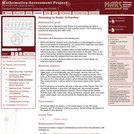
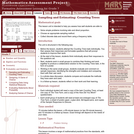
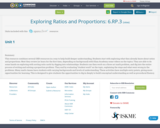
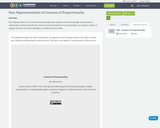
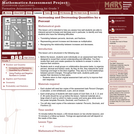
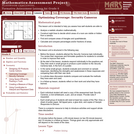

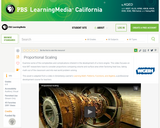
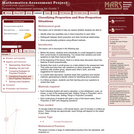
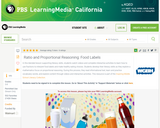
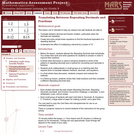

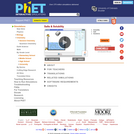
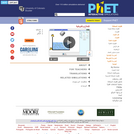

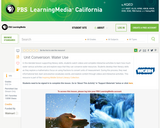

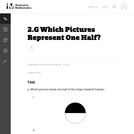
![Why does Blood Flow Change? Investigating the Math of Blood Flow Dynamics [version 1.0]](https://oercommons.org/static/newdesign/images/materials/default-thumbnail-index.png)